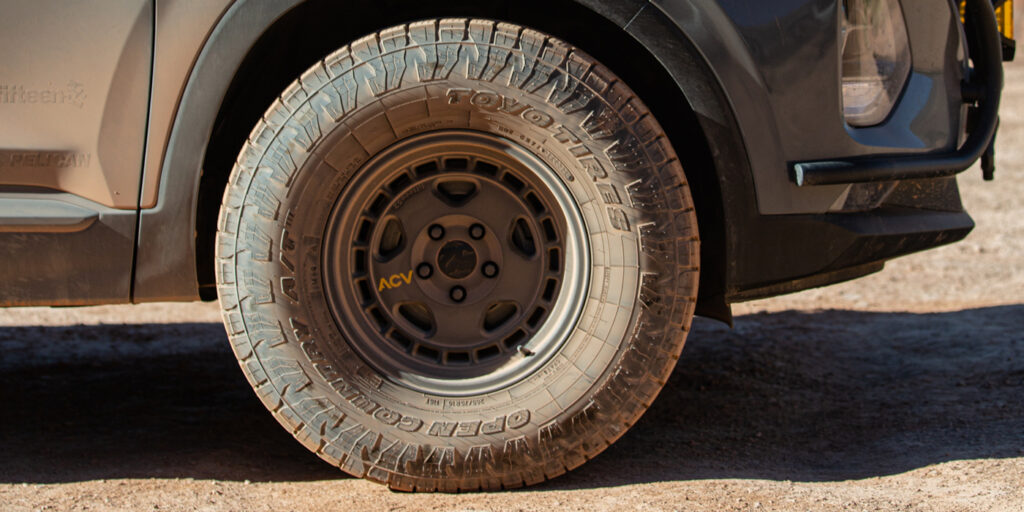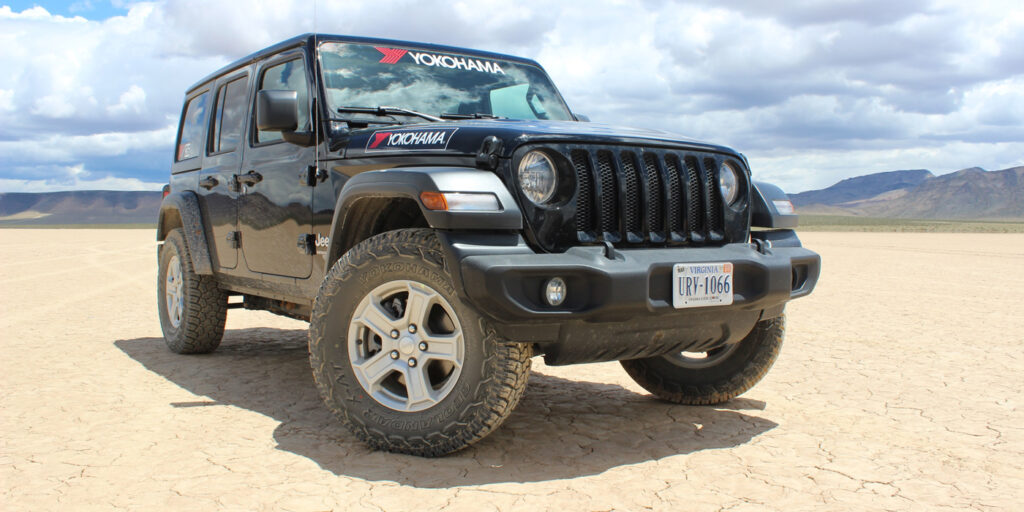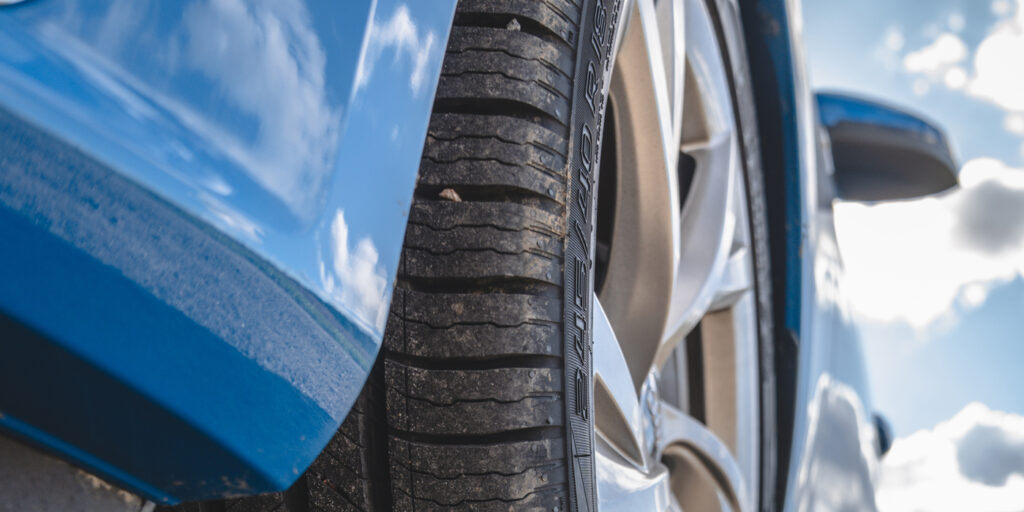There are market trends, and then there are megatrends. The shift from passenger cars to sport utility vehicles (SUV) and crossover utility vehicles (CUV) falls into the latter category.
A shift to larger rim diameters in recent years, combined with a wide variety of consumer expectations for these versatile vehicles, results in a tire segment that’s a bit more complicated from the dealer perspective.
Vehicle & Tire Trends
When it comes to SUVs, larger rim diameters—17-, 19-, 21- and 22-in. sizes—all have had double-digit growth since 2015 at the expense of 16-in. diameters, which lost almost 60% [market share] in that time, according to Bob Abram, Yokohama Tire senior manager of product planning, who adds that the 17- and 22-in. rim diameters provided the bulk of the volume for that growth.
“This is unsurprising, as SUV models have more recently tried to set themselves apart in the market with two different strategies,” he says. “The first is with aggressive off-road packages which will feature 17-in. rims and taller tires, like the new Ford Bronco and Jeep Wrangler. The second is going upscale and stylized, which will often feature 21- or 22-in. rims like the Chevrolet Tahoe Premier or Lincoln Navigator.”
Steve Bourassa, director of products for Nokian Tyres North America, adds that the large luxury SUV segment has seen strong growth over the last several years.
“Recently, vehicle manufacturers have focused their efforts on renewing vehicles in this tier to attract customers who seek luxury and comfort,” he says. “This provides tiremakers with an opportunity to tailor replacement products to the premium tire consumer, who is driven by values like performance, safety and sustainability more than price.”
On the CUV side, growth has come courtesy of midsize mainstream models like Toyota RAV4, Honda CR-V and Chevrolet Equinox, according to Abrams, who adds that the new outcrop of compact CUVs—Toyota C-HR, Honda HR-V, Mazda CX-3 and Buick Encore—also contributed.
“CUVs with 19-, 20- and 21-in. rim diameters all had double-digit growth since 2015, with 21-in. achieving growth of over 40%,” he says. “Additionally, CUVs with H-, V-, W- and Y-speed ratings all grew dramatically from 2015 to 2019 with V, W and Y even growing significantly in 2020.”
The first year that new crossover sales surpassed new car sales in North America was in 2017: 7.6 million CUVs versus 7.1 million cars, notes Jay Lee, product planning director for Nexen Tire America.
“According to IHS Markit, automotive light vehicle sales in 2019 were approximately 8.6 million new CUVs sold versus 5.7 million new cars sold,” he says. “Five years from now, in 2024, over 9 million new CUVs are projected to be sold, while only 5 million new cars will be sold. Based on this, we expect demand for OE tires and replacement equipment to grow.”
According to Todd Bergeson, senior product manager of light truck tires for Toyo Tire U.S.A., “Within this buying trend, it has also become trendy to replace the OE tires with a more capable off-road tire to make better use of the excellent 4WD and AWD drivetrains these modern vehicles offer. We all know 2020 has thrown many curveballs at us, but the outdoor industry is booming as a result. Any products that aid consumers in getting out and enjoying the outdoors while ‘social distancing’ are flying off the shelves.”
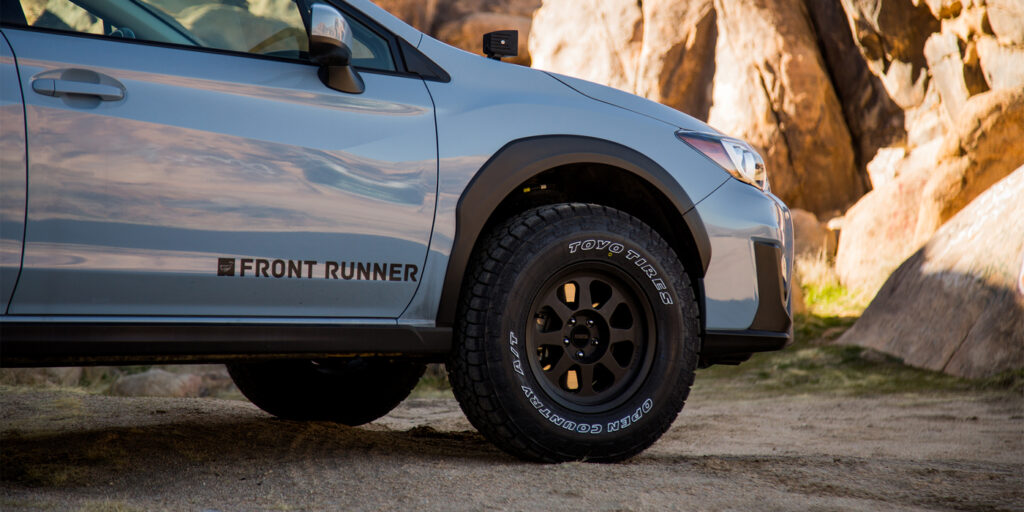
Tire Performance & Features
As SUVs and CUVs have displaced passenger cars, it makes sense that the most important aspects of vehicle and tire performance are the same as those of passenger cars.
“Key traits are safety in the form of dry and wet grip, a quiet and comfortable ride, and excellent value by providing long tread life and good fuel economy,” says Barry Terzaken, Continental Tire product manager of light truck and SUV tires for the Americas.
He explains that in order to complement the vehicles, modern SUV tires require higher levels of grip, improved comfort and driving sophistication than their predecessors.
“Increased popularity of SUVs has not only driven tire volume and performance, but complexity has also increased,” Terzaken adds. “This is due to both a steadily increasing variety of OE fitments, plus the additional sizes, styles and tire segmentation driven by aftermarket customization.”
Tires for CUVs are expected to not only handle the loads of added utility, but to do so with high expectations of comfort, sophistication and safety, he says, adding, “CUV tires typically do not have aftermarket customization complexity, but the large model and trim availability drive many size and speed combinations.”
According to Yokohama Tire’s Abram, the growing specialization of CUVs to include off-road packages and high-performance variants mean that some consumers might require more durability or higher levels of grip and handling that match their vehicle’s potential.
“A 2018 Land Rover Discovery, Kia Sorrento and Mercedes-Benz GLC all use the size 235/60R18, but it’s not a stretch to believe that they all might look for different performance from their tires,” he says. “SUV tires aren’t all that different for consumers who use the vehicles for commuting, but for those who use SUVs for varied roads and terrains, compound and carcass durability might also be important.”
It’s not easy to make a SUV or CUV handle and behave like a car, according to Aaron Neumann, Nexen Tire product development manager.
“The center of gravity is higher and they are heavier, so the tires have more work to do to control the vehicle, especially from a stability point of view. Safe handling, especially in an emergency maneuver, is a very important aspect of performance,” he says. “We design SUV/CUV tires the same way we design any tire, with a lot of attention to detail to assure that we achieve a good balance of grip, treadwear, ride comfort, low noise, steering and handling, stopping distance and fuel economy.”
A desire for safety in all conditions demands a versatile tire that functions well in heat, rain and snow alike, notes Nokian’s Bourassa.
“All-weather tires—year-round products certified with the three-peak mountain snowflake emblem—are growing in popularity as drivers in areas with unpredictable winter weather learn that a true four-season option exists,” he says. “In the name of versatility, our tailored all-weather tread compound is responsive to ice, snow and slush, as well as rain. Those all-weather products have asymmetrical tread patterns—the inner shoulder carves through snow and slush, while the outer half of the tire more closely resembles an all-season product.”
According to Will Robbins, senior product manager for Bridgestone Americas Tire Operations, from a pattern standpoint, one of the biggest challenges is balancing siping/slots that provide biting edges for winter traction and water evacuation with overall pattern stiffness to resist irregular wear tendencies.
“Building products with advanced tire technologies, such as 3-D interlocking sipes, is how tire manufacturers attempt to minimize performance trade-offs,” he says. “With tread compounds, it is imperative that they provide the same balance of wet and winter, while also maintaining long, even wear. New-generation high-silica compounds help provide this balance.”
Fitment Nuances
SUV, CUV and half-ton pickups usually are equipped from the factory with a P-metric or Euro-metric tire. A vehicle’s maximum load-carrying capacity must be matched by the load-carrying capacity of the tire at the OE-prescribed inflation pressure, notes Toyo Tire’s Bergeson.
“A common misconception is that you can install an LT-metric tire and increase the load-carrying or towing capacity of your vehicle,” he says. “This is simply not true. The tire is only one factor that goes into the load rating of a vehicle.”
Bergeson explains that many things factor into a vehicle’s load rating: the suspension spring rate, the capacity of the braking system, the design and rated strength of the suspension components, frame, sub-frame or body structure, etc.
“Of course, LT-metric tires can be installed on half-ton and smaller vehicles and there are durability and strength advantages, along with the tradeoffs of increased weight, higher required inflation pressures and higher purchase price,” he says. “Understanding the difference is the key to making the best decision for an application.”
“At Toyo Tires, we use the term ‘Right Sizing’ to describe a tire developed specifically to fit an application with an OE or aftermarket wheel, but to better fill the fender openings and provide increased ground clearance, while giving it a more aggressive look and feel,” says Anthony Lee, technical services manager at Toyo Tire. “People often think they have to jump to an LT tire, but one example is our P285/55R20 114T size of the Open Country A/T III, a size offering that is exclusive to Toyo Tires.
“This P-metric tire has an aggressive shoulder and sidewall and is a great look and perfect size for half-ton trucks such as an F-150 or Tundra, or a full-sized SUV such as a Tahoe or Sequoia,” he continues. “The P-metric offers advantages over the similar sized LT-metric option, such as lighter weight, lower cost, and higher load-carrying capacity at the lower pressures prescribed by the vehicle manufacturer.”
Lee adds that because the tire is developed for lighter pickups, the ride, handing, acceleration and braking will be more consistent with the OE tire’s performance.
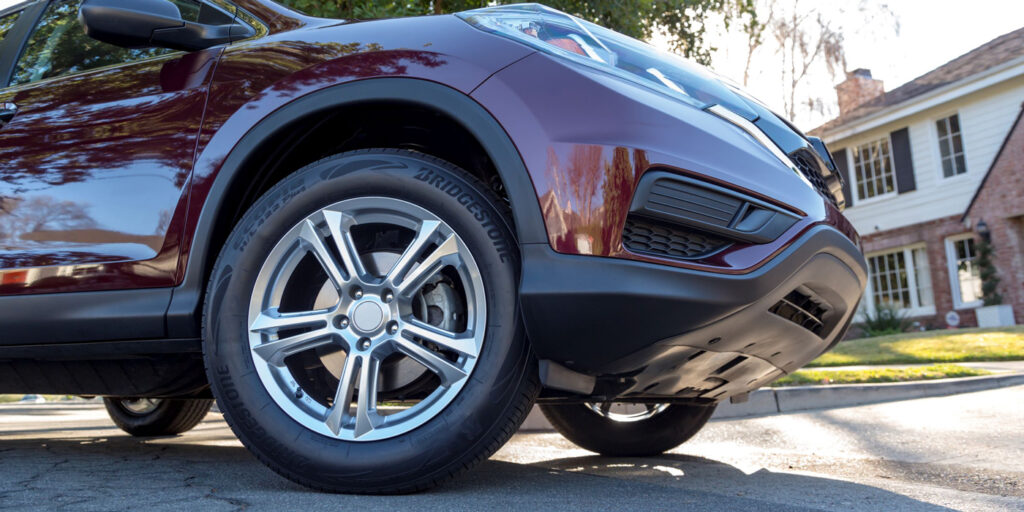
Determining Customer Needs
Because of the SUV/CUV segment’s versatility, along with varying driver expectations, making a recommendation for replacement tires requires dealers to do a little homework first.
“With the continued rise in popularity of this segment and the products offered, understanding all of the different options can be confusing for customers,” says Bridgestone Americas’ Robbins. “It’s important that dealers have conversations with customers to understand their specific vehicle, typical usage and performance expectations to ensure they get a product that meets their needs.”
“A few pointed questions go a long way to helping a customer choose the right tire and for your business to be thought of as a valued seller,” says Yokohama Tire’s Abram, who adds that dealers should have a plan to inventory the trending larger-rim diameters and higher speed ratings.
According to Nokian Tyres’ Bourassa, drivers of CUVs and SUVs often are driven by values other than price, saying, “Our dealer partners frequently tell us they’re able to generate strong customer loyalty by selling products that offer high levels of safety and versatility, even if those tires come at slightly higher price points.”
When serving customers in this segment, one key takeaway is to remember that while these are, in fact, utility vehicles—they will be driven hard and carry cargo, often on less-than-perfect roads—they also are daily drivers, notes Continental Tire’s Terzaken.
“Comfort, handling and safety are key characteristics that please and protect customers,” he says.

